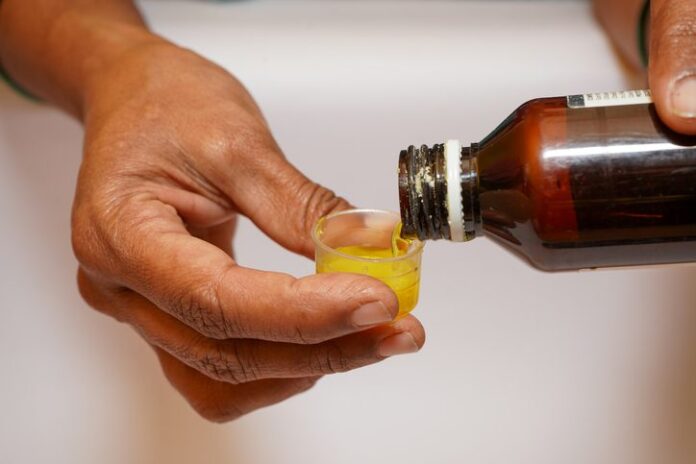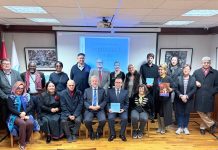By:Pramod Thomas
The World Health Organization (WHO) has announced that a company from India has produced contaminated cough syrup that has been discovered in the Marshall Islands and Micronesia.
Last year, child deaths were associated with other cough syrups in some countries. The WHO statement did not provide information about whether children in the Marshall Islands or Micronesia had become ill.
However, it revealed that samples from a batch of cough syrup imported and sold under the name “Guaifenesin syrup TG syrup” contained diethylene glycol and ethylene glycol. These substances are dangerous to humans if ingested in excessive amounts and can lead to fatal consequences.
The contamination was identified by Australia’s regulator, the Therapeutic Goods Administration (TGA).
The new alert follows three similar warnings issued last year by the WHO about contaminated cough syrups for children. These syrups, made by different manufacturers in India and Indonesia, have been linked to the deaths of more than 300 children – mainly aged under 5 – from acute kidney injury in Gambia, Indonesia and Uzbekistan.
The stated manufacturer of the medicines in the latest alert was India’s QP Pharmachem Ltd, based in Punjab and the marketer of the product was Trillium Pharma, based in India’s Haryana, the WHO said.
Neither QP Pharmachem nor Trillium have provided guarantees to WHO on the safety and quality of these products, the agency said in the statement.
QP Pharmachem’s managing director Sudhir Pathak told Reuters that it had tested a sample from the exported batch following a recent query from the local state drug regulator.
“We found it satisfactory and the regulator found it satisfactory too,” he said.
Pathak said QP Pharmachem had permission from the Indian government to export 18,000 bottles of the syrup only to Cambodia. It was unclear how the product ended up in the Marshall Islands and Micronesia.






